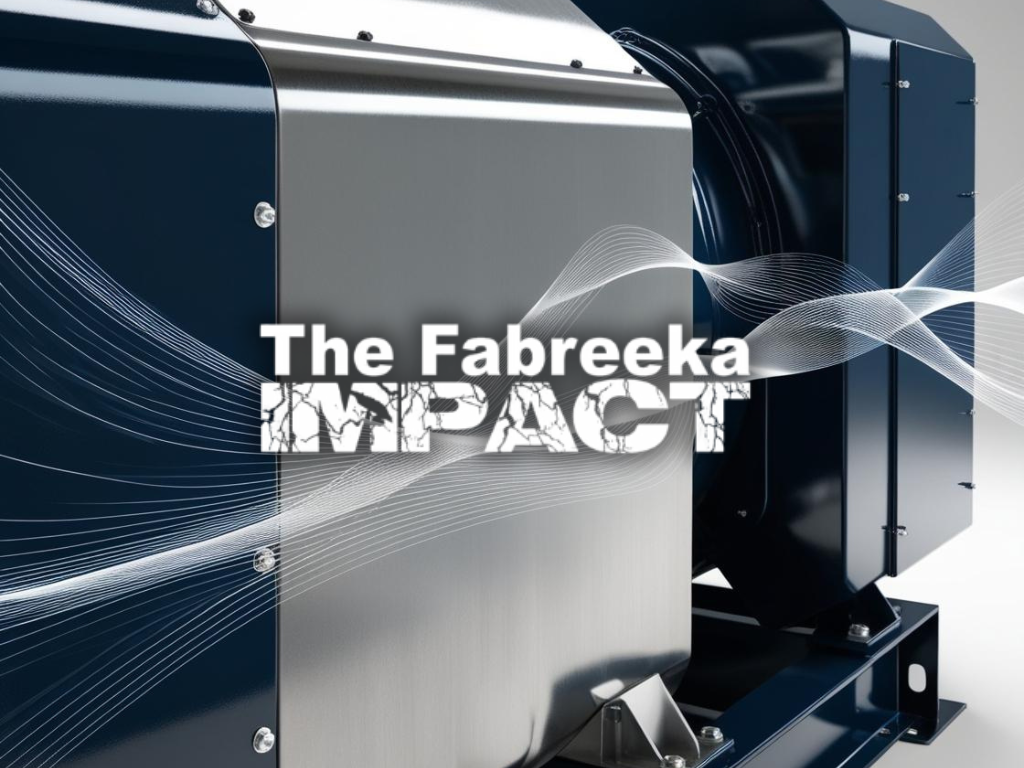

The 5 Keys to Effective Vibration Isolation
For those who aren’t experienced industrial engineers, choosing a vibration isolation product can seem daunting. Even if you have a set of technical specs to work with, the terms can feel overwhelming. Also, many different solutions (and manufacturers) can seem quite similar first glance.
Of course, the thing that really separates one product from another is performance. Vibration isolation isn’t only about blueprints and catalog photos – the choices you make ultimately affect safety, performance, and operating budgets over time.
To put this another way: there are big decisions to be made. Those choices get a lot easier when you have a set of guiding principles to use as a starting point. That’s why we want to use today’s post to give you five simple keys to effective vibration isolation. They aren’t about specific products or applications; instead, they can help lead you toward exactly what you need for your use case.
Let’s begin with those technical specs we already referenced.
#1 Know the Technical Details First
All vibration isolation applications call for set frequency ranges. It’s important to not only know at what speed different parts might be moving, but also to ensure that there are reasonable tolerances at either end of the spectrum. That’s because real-world environments don’t always match those drawn up on a blueprint.
We have 100+ years of experience working with engineers in different settings, meaning we can offer suggestions when needed. That makes us a great resource for engineers and buyers alike.
#2 Remember That Materials Matter
In the world of vibration isolation, it really is what’s on the inside that counts. We have pioneered a number of advancements throughout the decades, including the use of laminated, multi-layered pads. With compressive strength ratings of 10,000 to 20,000 psi, our products are built for performance and durability.
It’s crucial, when choosing a vibration isolation product for your application, to know what’s inside. You might be able to lower your initial budget by saving on components, but those expenses will undoubtedly come back to you later if you make the wrong choice.
#3 Consider the Environment and Context
Different materials and products will perform in different ways based on where they have been placed. For example, some vibration isolation solutions don’t work well in high heat or freezing cold. Some handle oil, uneven surfaces, or exposure to the elements better or worse than others.
These are considerations you don’t want to overlook. If you aren’t sure how a given product will perform at a few hundreds of degrees, or surrounded by wet mud, then ask before submitting a purchase order.
#4 Choose the Right Solution
Naturally, you’re going to want to make the “right” vibration isolation choice. The point here is that you want to move beyond the obvious and think ahead. The technical specs, materials, and context all matter. So, too, do long-term cost and durability considerations.
Getting things wrong can involve delaying projects, moving heavy pieces of equipment, and incurring safety risks – not to mention the financial costs. That’s why we strongly recommend speaking with an engineering expert prior to finalizing your decision.
#5 Use Care With Installation
Before we move on, it’s important to note that you don’t just want to choose the right vibration isolation product. You need to make sure it’s installed safely and correctly, as well.
Any product that comes from a reputable company (like ours) will have detailed instructions and guidelines to ensure safety and durability. However, it’s also good to be able to call on experts when needed. Even the best equipment will fail if it isn’t placed in a way that allows it to function correctly within this space of vibration isolation products. This can feel like an afterthought until your product arrives and needs to be put to use.
When You Need the Best in Vibration Isolation, Turn to Fabreeka First
With more than a century of experience behind us, we have the expertise and product range to match virtually any use case. We are the trusted name in dozens of industries, from auto manufacturing and oil and gas to medical testing and semiconductor production. In other words, we can handle vibration isolation for heavy industry, precise science, and anything in between.
Engineers love us because we give them reliability and peace of mind. All of our products are custom made in the USA and we double-check every order against your technical specifications before it leaves our production facility.

